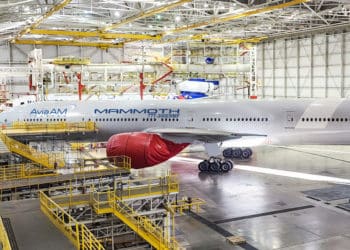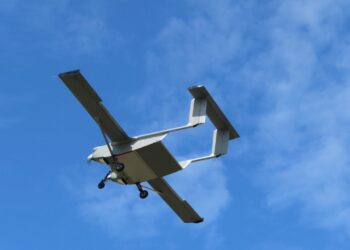Pharma traffic surges at Miami
The 2016 value of international freight at Miami International Airport (MIA) rose eight percent to US$57.3 billion, according to U.S. Department of Commerce data. MIA accredited the rise to pharmaceutical freight, which rose 48 percent, year over year, to $4.4 billion.
The South Florida airport has put in the work to make sure pharma shippers pay attention. In 2015, MIA was designated as the first pharma freight hub in the U.S. and the second in the world. MIA is also certified under IATA’s CEIV-Pharma program.
Pharma trade is big business not only in Miami, but in airports worldwide. “The World Health Organization projects that the global pharma industry will rise in value from $300 billion to $400 billion within the next three years, and we want to position MIA at the center of that growth trend,” said Miami-Dade aviation director Emilio González.
MIA and Brussels Airport – the first two IATA-designated pharma freight hubs in the world – have also partnered to create Pharma.Aero. The organization brings together airport operators, pharma shippers, CEIV-certified cargo communities and other air pharma stakeholders to improve pharma handling and quality in the air cargo industry.
Generally, MIA holds the title as the busiest airport for international freight in the U.S. and in the Western Hemisphere in 2016. It handles 83 percent of all air imports and 79 percent of all air exports between the U.S. and the Latin American/Caribbean region. That includes the majority of America’s perishable imports by air.
Those interested in learning more about airfreight in 2017, should join us at Cargo Facts Asia in Shanghai, 25 – 26 April. To register, or for more information, go to CargoFactsAsia.com





